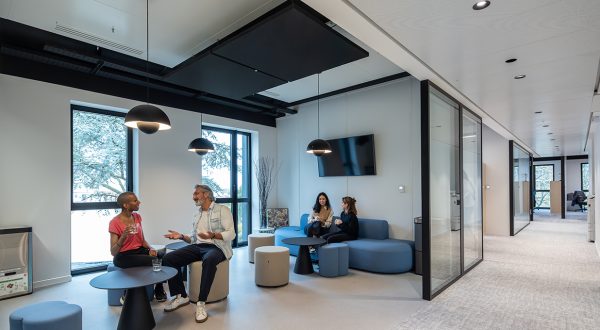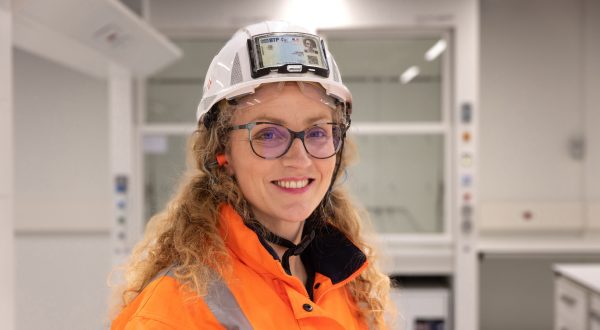The Salvador de Bahia airport spreads its wings at a fast pace
Reading time: 4 min
The transformation of the Brazilian airport is scheduled for completion in less than two years’ time. Actemium Transport Solutions is taking part in the renovation and extension works to help meet this challenge.
![]()
The airport in Salvador de Bahia, Brazil, has got its modernisation programme off to a fast start. The enormous project is to be carried out briskly and completed within less than two years. The fast pace of work is commensurate with the sharp increase in passenger numbers over the past decade, which is expected to continue in coming years.
Worldwide, the passenger numbers are expected to virtually double by 2036, according to the International Air Transport Association, which projects 4.2% growth in Latin American markets. This would mean an additional 421 million passengers compared to today’s figure.
Compounding the pressure on Brazil’s airport infrastructure is the country’s special geography. As the President of the Brazilian Aviation Institute, Francisco Lyra, sums it up, “This country is the size of a continent and the only practical and efficient transport system is air travel.”
Faced with the challenge and in a move to provide a rapid and far-reaching response commensurate with the infrastructure shortage in the continent-sized country, the Brazilian government undertook to attract private investment in the airport management sector.
In 2017, Brazil’s Agência Nacional de Aviação Civil (national civil aviation agency) awarded the Salvador airport concession to VINCI Airports for a period of 30 years and followed the move by awarding a contract in March 2018 to Actemium Transport Solutions (VINCI Energies) covering part of the site modernisation and expansion project.
Triple mission for Actemium
The business unit is responsible for the technical installations as part of the Salvador airport refurbishment and expansion project and will roll out the electrical, hydraulic and HVAC (heating, ventilation and air conditioning) systems as well as the electronic systems for the buildings, runways, taxiways and aircraft platform.
Actemium Transport Solutions will also be working with two partners, Teixeira Duarte and Alves Ribeiro, to build a new terminal and a building connecting it with the existing terminal.
“At a time when Brazil is opening up its potentially very large airport market, it is very important for the business unit to be among the first to come forward”
Lastly, the business unit was awarded the contract covering equipment supply, assembly and acceptance testing of the new terminal’s loading bridges, baggage converyor system, security sensors, lifts, escalators and moving walkways.
“At a time when Brazil is opening up its potentially very large airport market,” says André Parente, Business Unit Manager at Actemium Rio de Janeiro, “it is very important for the business unit to be among the first to come forward to develop efficient and effective solutions that meet VINCI Airports’ safety, quality and environmental requirements and standards.”
Invaluable BIM
The use of BIM – Building Information Modeling – which ensures building quality from design to construction and operation, is one of the standards at VINCI Airports, which notably “BIMed” the airport in Santiago de Chile. In Salvador de Bahia, VINCI Airports and Actemium Transport Solutions will also be using BIM.
“Building Information Modeling,” says Andre Parente, “will make it possible to control and monitor the design and construction of the new structures, and also to monitor the existing facilities that will be integrating the BIM system.” By displaying progress on the overall project in real time, BIM will also help to anticipate any conflicts or interference between the various specialist sub-projects.
In addition, says the Business Unit Manager, “Beyond the construction phase, our customer will be able to combine BIM with facility management and thus optimise space management, streamline maintenance operations, optimise energy, facilitate subsequent space developments and ultimately improve the life cycle of the installations.”


